How much is the fineness of coffee hand grinding? How to adjust the grindability of hand-brewed coffee beans
The degree of coffee grinding is a hurdle that you can't overcome. According to Qianjie to answer so many friends' questions, basically more than half of the reasons for not doing well are due to problems in the degree of grinding.
Why do you need to grind coffee? friends who don't know much about coffee may stay on the concept of instant coffee, but now the coffee you can buy in a cafe is basically freshly roasted coffee beans ground and washed out with dregs. Coffee needs to be ground and then soaked because the released coffee substance is much faster than whole beans to brew. The finer the grinding, the larger the surface area of the coffee particles and the faster the coffee substance is released.
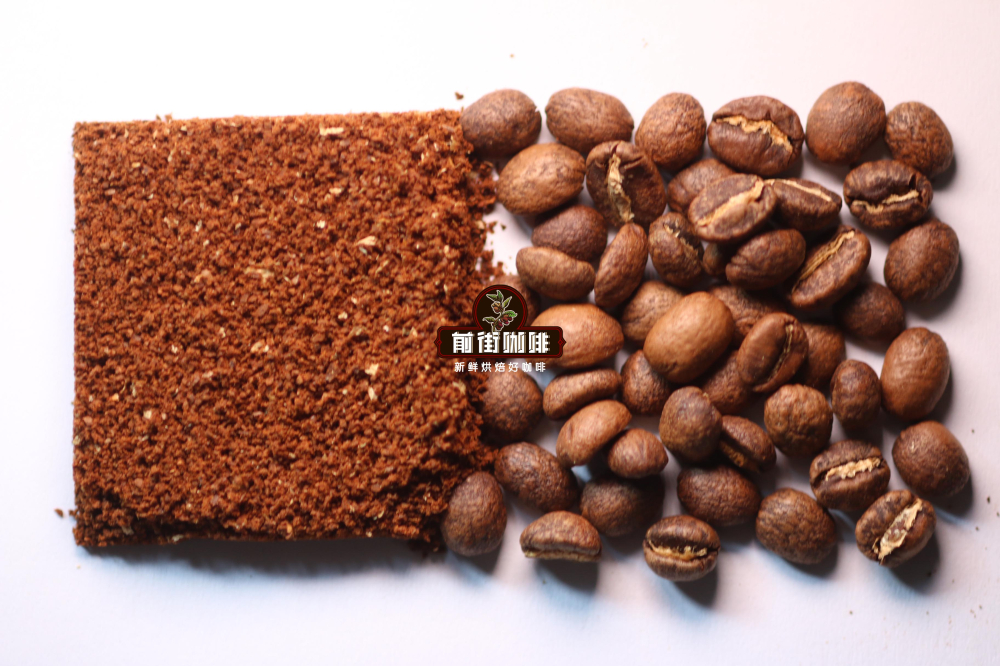
How rough is it? How fine do you grind? As mentioned before, hand-brewed coffee is a filtered extraction, the powder is too fine, and the coffee powder blocks the passage of water. On the one hand, fine grinding is easier to release substances, on the other hand, it is slower under the water, and the soaking time will be longer. Then coffee is prone to excessive extraction, resulting in heavier flavor, stronger bitterness, stronger acidity and astringency.
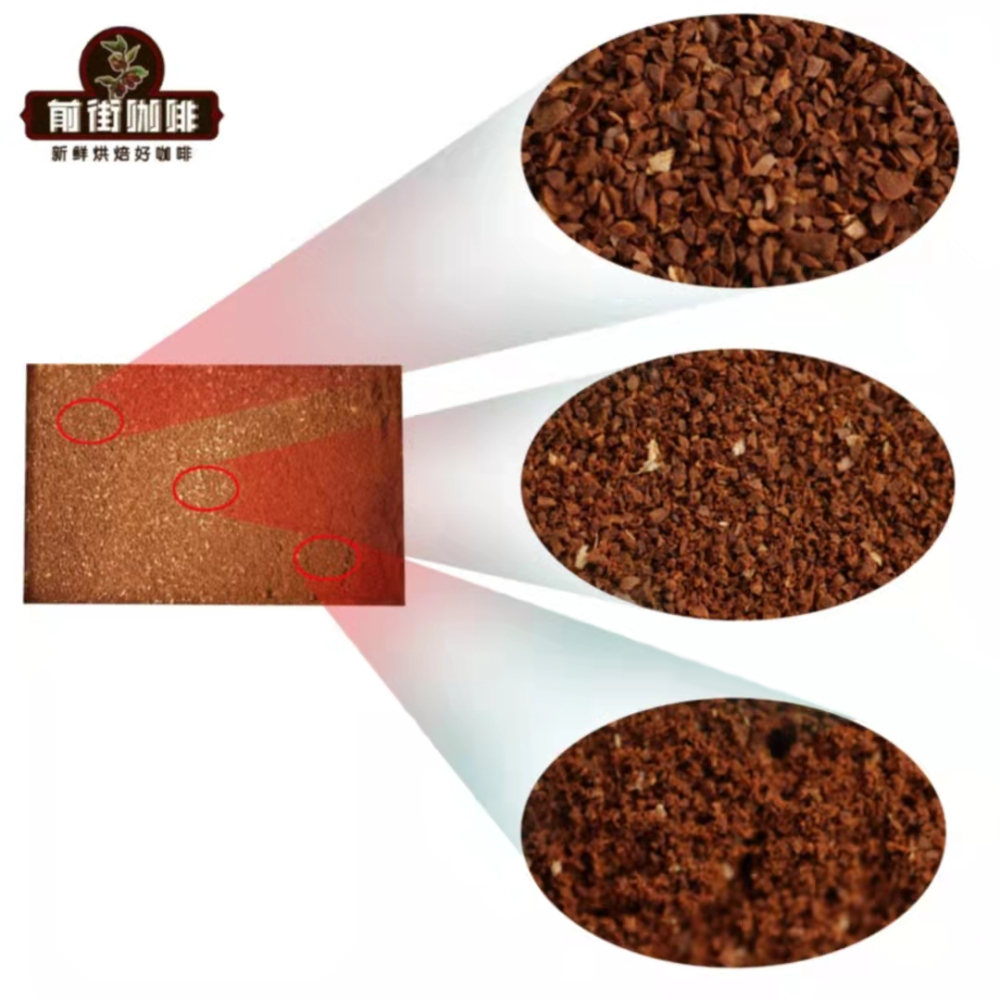
On the one hand, the substance released from the coarser ground coffee is slower, on the other hand, it falls faster under the water. then the coffee is prone to lighter taste, weak bitterness, weak acidity, less miscellaneous taste and clear taste. Therefore, a suitable grinding degree for hand punching should take into account both the powder diameter and the launching speed. Generally speaking, the extraction time of hand-brewed coffee for 1-2 people will be controlled at about 2 minutes. According to the grinding degree calibration standard measured by the SCA cup (the cup grinding degree requires the passing rate of the No. 20 screen to be 70-75%), and the hand grinding requirement is smaller than the cup grinding degree, so the hand grinding degree is 75-80%. This grinding scale can be roughly understood as the hand impact fine grinding mentioned by the major stores.
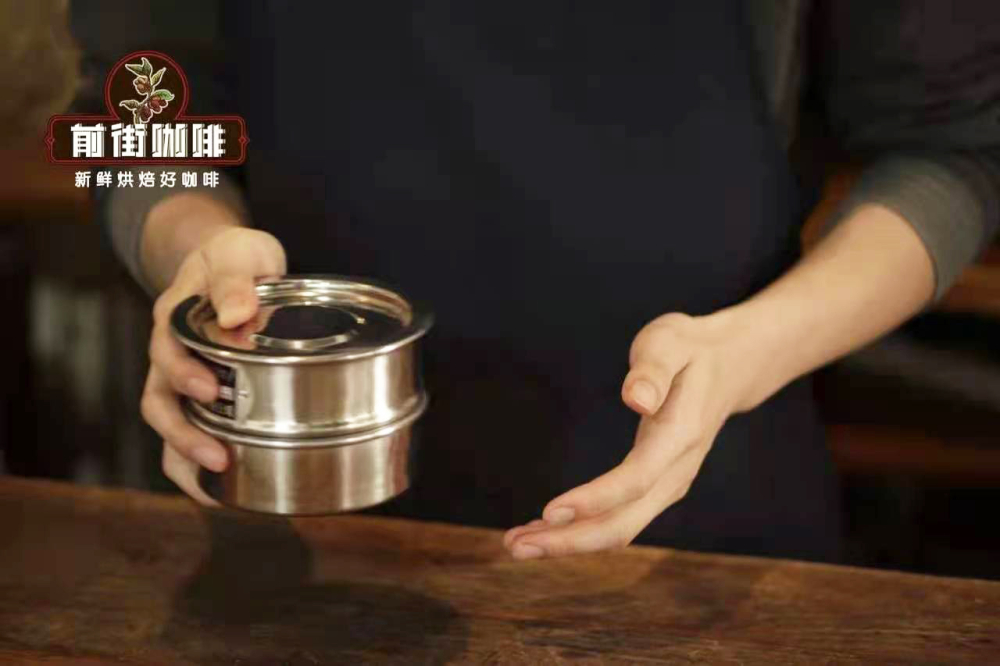
One disadvantage of the calibration of the No. 20 sieve is that it can only separate coffee particles larger than 0.85mm and less than 0.85mm. As for the distribution of powder diameter below 0.85mm, it can not be distinguished. Generally speaking, we think that the ideal hand grinding powder diameter is between 0.6 and 0.8mm, that is to say, the larger the proportion of coffee powder in this range, the better. Therefore, if the economic conditions support, you can buy several different pore sizes of the screen.
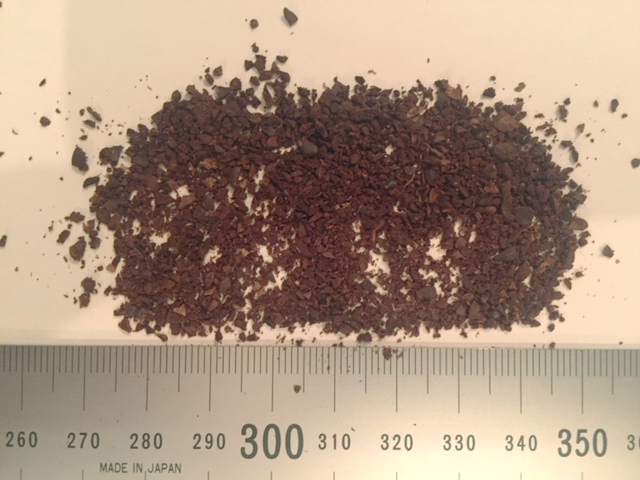
The powder smaller than 0.3mm is called ultra-fine powder, appropriate fine powder can enrich the flavor of coffee, if too much ultra-fine powder will seriously affect the flavor of coffee. As for how to demarcate this value, Qianjie believes that the standard is 7% (there is no absolute value).
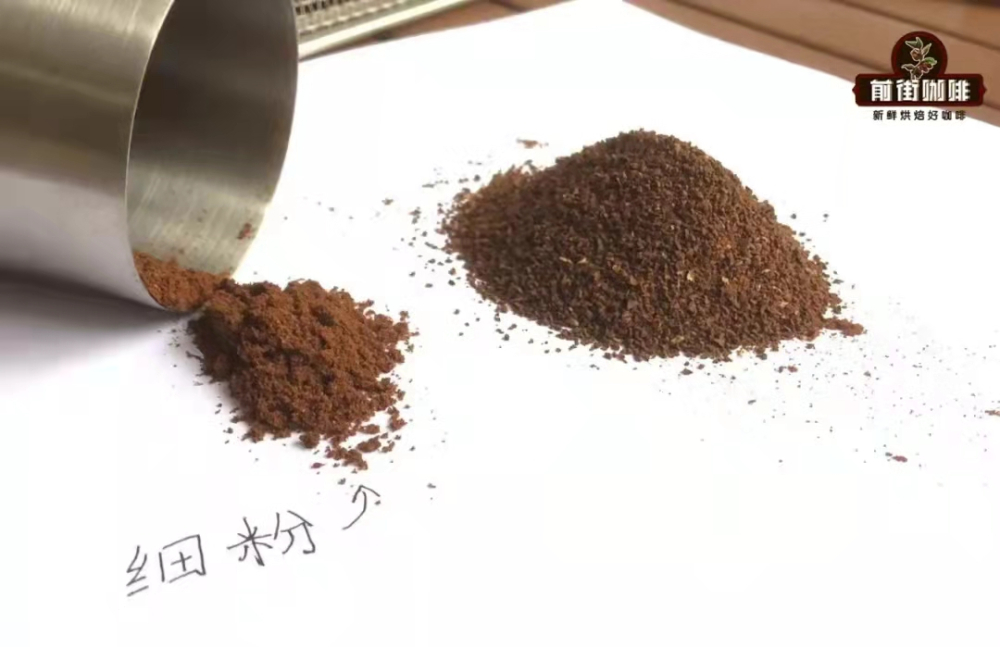
Maybe we can judge by experience, of course, in addition to the preparation of the data to judge the coffee grinding thickness, we can also judge whether the coffee grinding degree is appropriate according to the coffee brewing process. First of all, the brewing time can have a reference to the grinding thickness, the previous street brewing parameter standard, the normal extraction time of 1-2 people coffee is about 1 minute 50 seconds to 2 minutes 10 seconds. If the grinding is too fine, the extraction time will be prolonged, and if the grinding is too coarse, the extraction time will be shortened, so that the coffee grinding degree can be judged for the first time according to the extraction time.
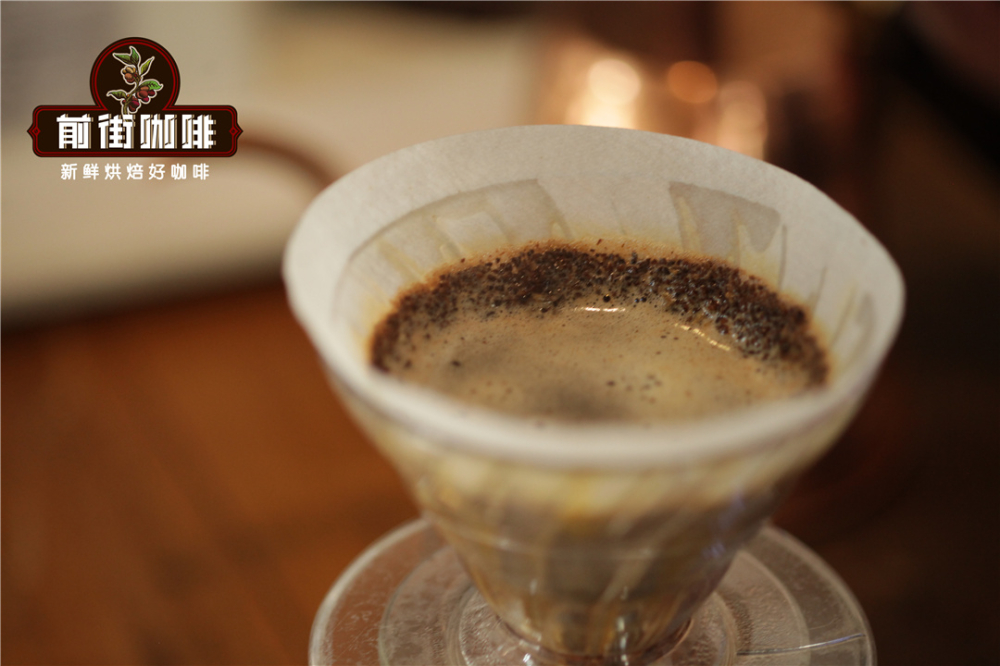
The settling velocity of the coffee powder layer during brewing can also be observed. under normal circumstances, the settling velocity of the coffee powder layer decreases slowly and uniformly, if it is found that the falling speed is fast, it may be that the grinding is too coarse, and the settling speed is getting slower and slower, or even clogged. Then it may be that the grinding is too fine or too much fine powder, and the bottom of the powder layer appears muddy.
Important Notice :
前街咖啡 FrontStreet Coffee has moved to new addredd:
FrontStreet Coffee Address: 315,Donghua East Road,GuangZhou
Tel:020 38364473
- Prev
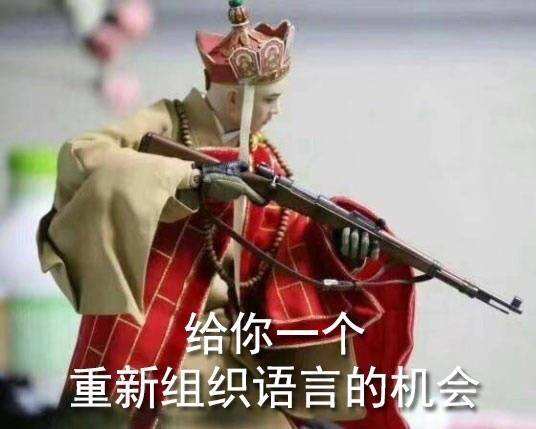
What is the appropriate temperature for hand-brewed coffee? Is the higher the temperature of the coffee water, the better?
If you ask Qianjie what is the recommended water temperature for brewing coffee, Qianjie Association recommends 90-93 ℃ for light coffee and 86-89 ℃ for deep coffee. "No, Baidu says." "er, have you ever heard of that WBrC? during the competition, many contestants used 95 or 96 ℃ of water temperature to make coffee.
- Next
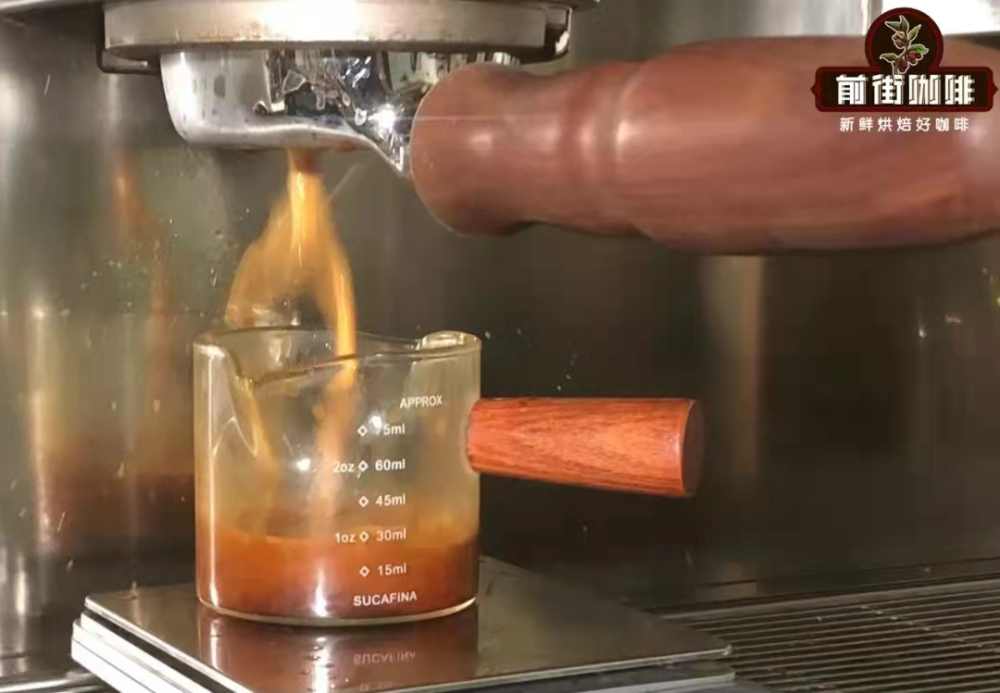
What is the reason for the perforated spurt of espresso? The solution to the Channel effect of espresso
Friends who have played espresso machines should know the concept of "channel effect", even if they don't know it. As a novice disaster, we must understand it and solve it. The "channel effect" generally refers to the uneven distribution of coffee pressed powder, causing pressurized hot water to break the weakest.
Related
- Beginners will see the "Coffee pull flower" guide!
- What is the difference between ice blog purified milk and ordinary milk coffee?
- Why is the Philippines the largest producer of crops in Liberia?
- For coffee extraction, should the fine powder be retained?
- How does extracted espresso fill pressed powder? How much strength does it take to press the powder?
- How to make jasmine cold extract coffee? Is the jasmine + latte good?
- Will this little toy really make the coffee taste better? How does Lily Drip affect coffee extraction?
- Will the action of slapping the filter cup also affect coffee extraction?
- What's the difference between powder-to-water ratio and powder-to-liquid ratio?
- What is the Ethiopian local species? What does it have to do with Heirloom native species?

